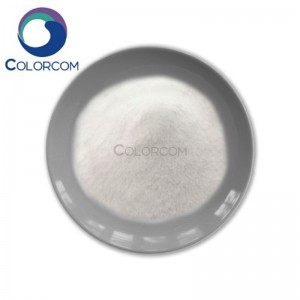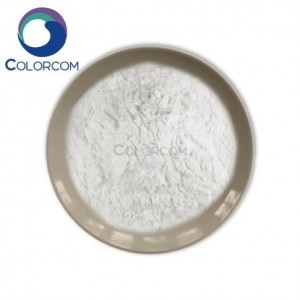Tacrolimus | 104987-11-3
Product Description
Tacrolimus, also known by its trade name Prograf among others, is a potent immunosuppressive drug used primarily in organ transplantation to prevent rejection.
Mechanism of Action: Tacrolimus works by inhibiting calcineurin, a protein phosphatase that plays a critical role in the activation of T-lymphocytes, which are immune cells involved in graft rejection. By inhibiting calcineurin, tacrolimus blocks the production of pro-inflammatory cytokines and prevents the activation of T-cells, thereby suppressing the immune response against the transplanted organ.
Indications: Tacrolimus is indicated for the prophylaxis of organ rejection in patients receiving allogeneic liver, kidney, or heart transplants. It is often used in combination with other immunosuppressive agents such as corticosteroids and mycophenolate mofetil.
Administration: Tacrolimus is typically administered orally in the form of capsules or oral solution. It may also be administered intravenously in certain clinical situations, such as during the immediate post-transplant period.
Monitoring: Due to its narrow therapeutic index and variability in absorption, tacrolimus requires careful monitoring of blood levels to ensure therapeutic efficacy while minimizing the risk of toxicity. Therapeutic drug monitoring involves regular measurement of tacrolimus blood levels and adjustment of the dose based on these levels.
Adverse Effects: Common side effects of tacrolimus include nephrotoxicity, neurotoxicity, hypertension, hyperglycemia, gastrointestinal disturbances, and increased susceptibility to infections. Long-term use of tacrolimus may also increase the risk of developing certain malignancies, particularly skin cancer and lymphoma.
Drug Interactions: Tacrolimus is metabolized primarily by the cytochrome P450 enzyme system, particularly CYP3A4 and CYP3A5. Therefore, drugs that induce or inhibit these enzymes can affect tacrolimus levels in the body, potentially leading to therapeutic failure or toxicity.
Special Considerations: Tacrolimus dosing requires individualization based on factors such as patient age, body weight, renal function, concomitant medications, and presence of co-morbidities. Close monitoring and regular follow-up with healthcare providers are essential for optimizing therapy and minimizing adverse effects.
Package
25KG/BAG or as you request.
Storage
Store at a ventilated, dry place.
Executive Standard
International Standard.









